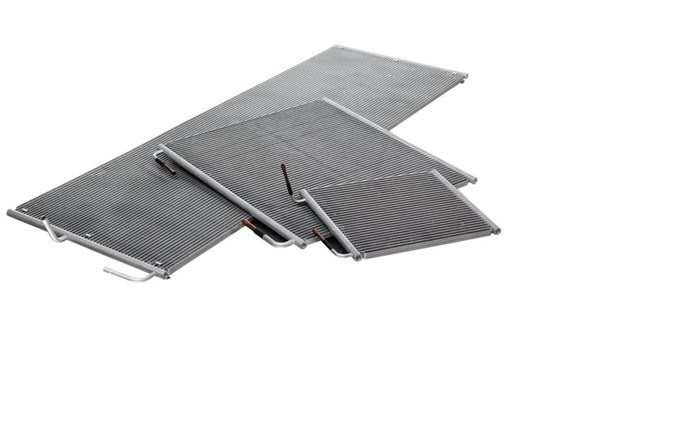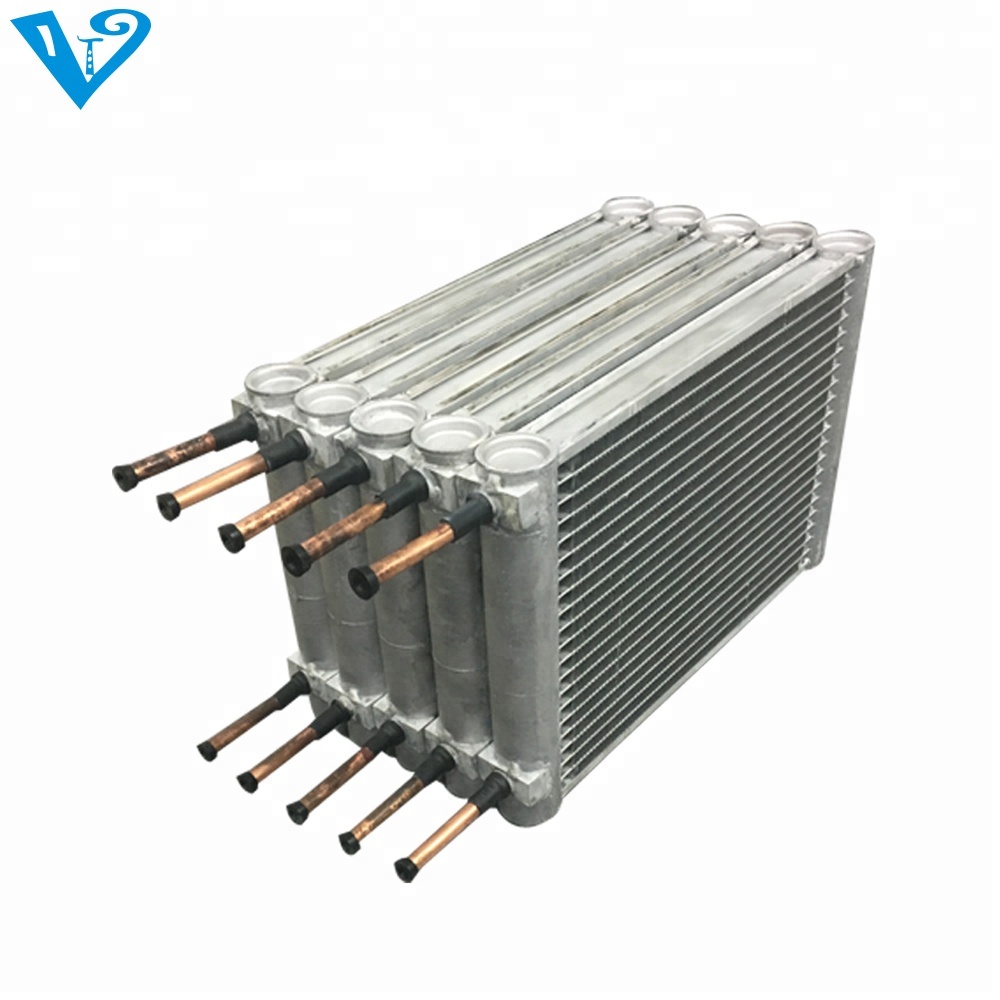An Introduction
High-performance ACs and effective heat exchange are in high demand these days. These heat exchange systems are also crucial for proper refrigeration. Unfortunately, the prices of copper wires have shot up in recent years. Therefore, to cut coats, companies, and customers are looking for cheaper alternatives that work and copper. To cover the demand for ACs, the use of a micro-channel heat exchanger is a promising solution. It reduces the weight of the product and makes it compact. Moreover, by using aluminum, the product can become more competitive.

Research has been going on the micro-channel heat exchanger for a long time now. The processing technologies have seen improvements as well. AS a result, the heat exchange system has made its way to household cooling systems in ACs and refrigerators.
The concept first came to the fore back in 1981. Then, Swift was the first company to develop a heat exchanging system between two fluids. Slowly, the heat exchange system started entering the mainstream market.
Microelectronic mechanics systems (MEMs) started to have the exchange system in the 1990s. Slowly, its advantages for ACs and refrigerators came to an understanding when more studies came out. Today, it has seen its usage in automotive air conditioning. However, there are still some challenges to come over.
The Global Research
As already mentioned, there has been extensive research on micro-channel heat systems from experts across the globe. There are many significant differences between a manual heat exchange system and a micro-channel heat exchanger system. These differences are structural. Let us discuss them in detail so that you could understand them better.
In 2003, research at Purdue University showed an annular flow model. Microchannel heat sinks used in the study helped measure heat-transfer coefficients. As the vapor quality increased, the heat transfer coefficient started falling.
Similarly, G. Hestroni did another study under different conditions. The various situations he used were compressible fluid and single-phase gas. In addition, he also experimented on smooth walls and rough walls, laminar and turbulent conditions. This study helped him analyze the flow of gas and liquid in microchannels.
Licheng Sun from Kyoto University did a transformational experiment in this regard. He analyzed 13 predicted correlations of micro-channel flow boiling heat transfer. Also, he compared his data to other studies to understand the whole situation better.
He introduced the Webber number, reduced the overall error domain, and extended its application Cristiano Bigonha in the Philippines conducted another experiment using 2.3mm stainless steel pipes.
For working fluids, he used R134a and R245fa. As the mass velocity, saturation temperature, and heat flux increased, the heat transfer coefficient increased, establishing a positive relationship between the two.
The Optimization Research
The micro-channel heat system is better than the traditional heat exchange system due to its more efficient structure.
RW Knight did revolutionary work in this regard. By optimizing the structure of the micro-channel heat exchanger, he dropped the pressure and reduced the thermal resistance of the design. A similar experiment was able to get the same results in Korea.
More experimentation in optimizing the heat exchange structure was also underway. For instance, new software development helped in parameter calculations. In addition, the Honda Research Institute got help from computational fluid dynamics for optimizing microchannels.
All of these studies focused on optimizing microchannels in isolation. However, a new study done in Purdue changed it by optimizing the system entirely. It focused on micro-channels and fins, fans, airflow baffles, blowers, etc.
Research in China
There is a lot of research on micro-channel heat exchanger that comes from all over the world. However, China has been progressing rapidly in this area and has been doing seminal work on these heat transfer systems.
Some of the most significant research in this regard comes from Tsinghua University in China. The most vital phenomenon, such as the micro-scale, has been under study there. The names of these processes are micro-scale flow, micro-scale convection, and micro-scale heat exchange.
The compressibility of gas flow is a critical measure in the heat exchange process; crucial studies regarding it regularly come out from the university mentioned above. For instance, one study used a rectangular structure and focused on its natural convection abilities at room temperature.
Another scientist called Wang Wei used a microplate with a rough surface, simulated the laminar flow, and did crucial calculations. Similarly, in 2009, Huiyong Zhang studied the correlation between pressure drop and heat transfer and noted down various factors affecting the performance of the heat exchange process.
Air-conditioning Research
Some of the earlier research regarding this was about the air conditioner used in vehicles. For instance, one of the studies used the theory of the transcritical cycle. However, the focus of the study was the design load of the micro-channel heat exchanger.
By using this study, the researcher named Fuqin Ma made several design recommendations. The recommendations were about size, materials, dehumidifier type, etc.
Huanling Liu at Xidian University did another study with the help of previous experimental data available to her. It was a three-dimensional model made using a macro theory. It studied two fields, micro-channel field, and heat temperature field.
Later, studies on fluid flow in the heat exchange system China Electronics Technology Group Corporation in 2009. The study also focused on the effects of airflow on micro-channel heat transfer systems.

Concluding Remarks
The use of micro-channel heat exchanger has become more comprehensive and extensive in air conditioners and refrigerators worldwide. However, there are still problems regarding this system that need solutions. One issue is the correct prediction of different variables, such as heat transfer and pressure loss.
The correct prediction of these factors helps in better designing micro-channel heat transfer systems. Unfortunately, there is no particular theoretical basis for this system; therefore, there isn’t any industry standard either.




